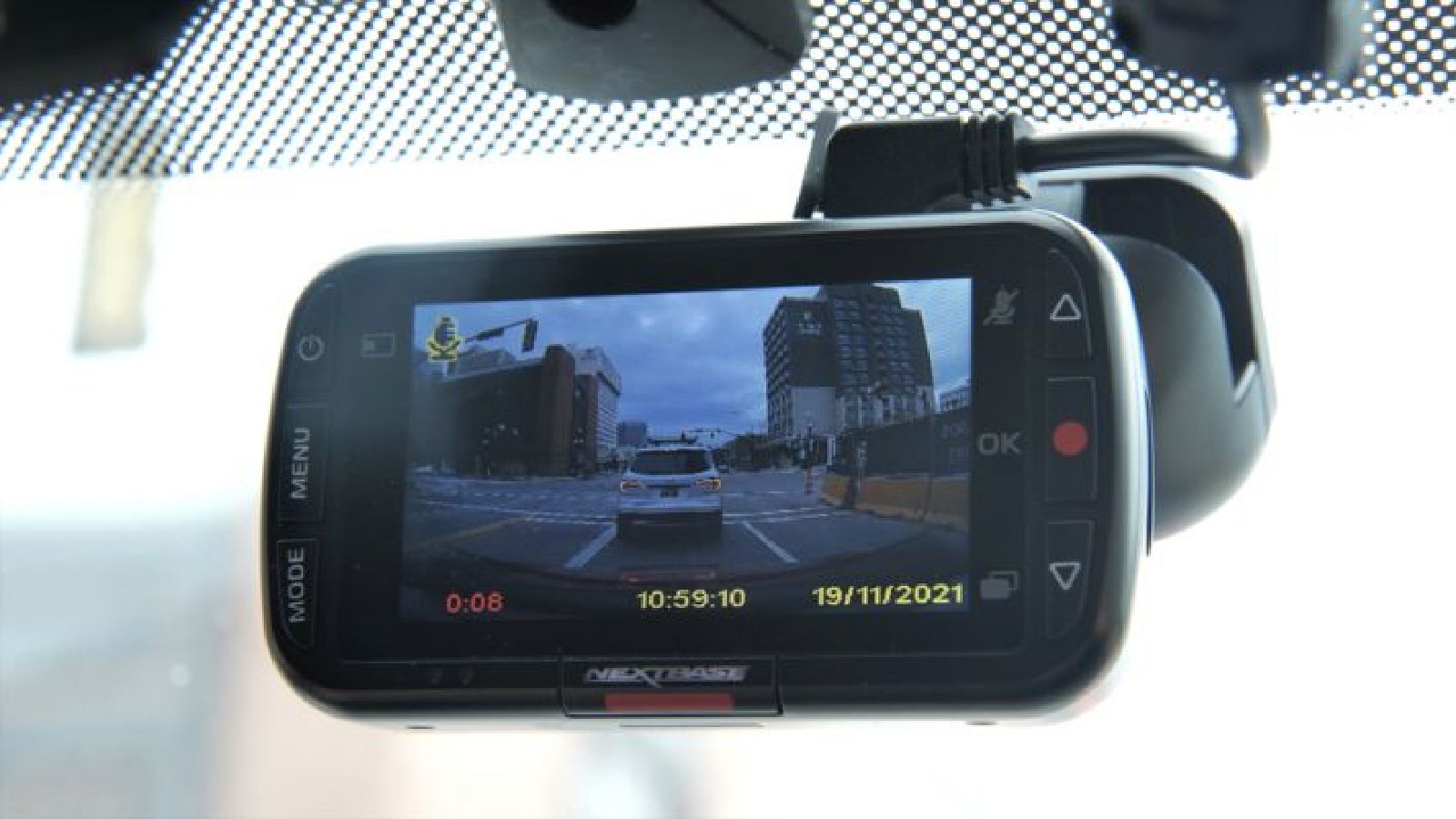Dash cams, small video cameras attached to a vehicle’s dashboard or windshield, are increasingly popular with drivers looking for an extra layer of protection and documentation on the road. They offer various benefits:
- Evidence in accidents: Footage can establish fault in accidents or hit-and-runs.
- Insurance claim support: Video evidence can bolster insurance claims.
- Driving behavior monitoring: Dash cams can help improve driving habits and lower insurance rates.
- Protection against fraud: Can help prevent staged accidents or false insurance claims.
However, dash cams come with privacy and legal implications. Utah, like many states, has specific regulations dictating their use in vehicles. Understanding these laws is crucial for Utah drivers.
Utah’s Dash Cam Placement Laws
- Utah allows dash cams, but placement is crucial for legality.
- Permitted Placement:
- Top of the windshield, extending downwards no more than four inches.
- Lower-left corner of the windshield, extending outwards no more than four inches.
- Obstruction Prohibited: The camera must not significantly obstruct the driver’s view of the road.
- Rear Window Cameras: Dash cams can also be mounted on rear windows without restrictions.
Audio Recording and Privacy Considerations
- Utah is a “one-party consent” state. This means you can record your conversations without notifying the other party.
- Conversations with Others: If you plan to record conversations involving others, it’s best practice to inform them of the recording.
- Public vs. Private Property: Be mindful of recording video and audio on private property.
- Employer Use: Different rules may apply if employers use dash cams to monitor employees. Consult employment laws and company policies.
Using Dash Cam Footage as Evidence
- Admissibility in Court: Utah courts generally accept dash cam footage as evidence, provided it’s relevant and authentic.
- Chain of Custody: To ensure the footage is admissible, establish a clear chain of custody. This means secure storage of videos and limited access to prevent tampering.
- Insurance Claims: Footage can help settle insurance disputes, supporting your claim, or refuting others. Talk to your insurance provider about their policies on dash cam evidence.
Dash Cams in Salt Lake City, Provo, and Other Utah Cities
- Utah state laws apply uniformly throughout the state, including:
- Salt Lake City
- Provo
- Ogden
- St. George
- West Valley City
- Local ordinances do not further restrict dash cam use.
- Traffic Enforcement: Utah law enforcement may use dash cam footage from their vehicles, but the regulations in this area are separate from those for general citizen use.
Additional Resources for Utah Drivers
- Utah Department of Public Safety: https://dps.utah.gov/
- Utah Courts: https://www.utcourts.gov/
- Utah State Legislature: https://le.utah.gov/
Sources
- Utah Code Annotated, Title 41, Chapter 6a, Section 1803: Outlines windshield obstruction laws.
- Facit Data Systems: Dash Cam Laws by State: https://facit.ai/insights/dash-cam-laws-by-state
- GPS Trackit: The Dashcam Regulations In Each State https://gpstrackit.com/blog/what-are-the-dashcam-regulations-in-each-state/
Conclusion
Dash cams can be valuable additions to your vehicle in Utah, but responsible use is key. Understanding Utah’s dash cam laws ensures you reap the benefits while staying within legal guidelines and respecting the privacy of others.



